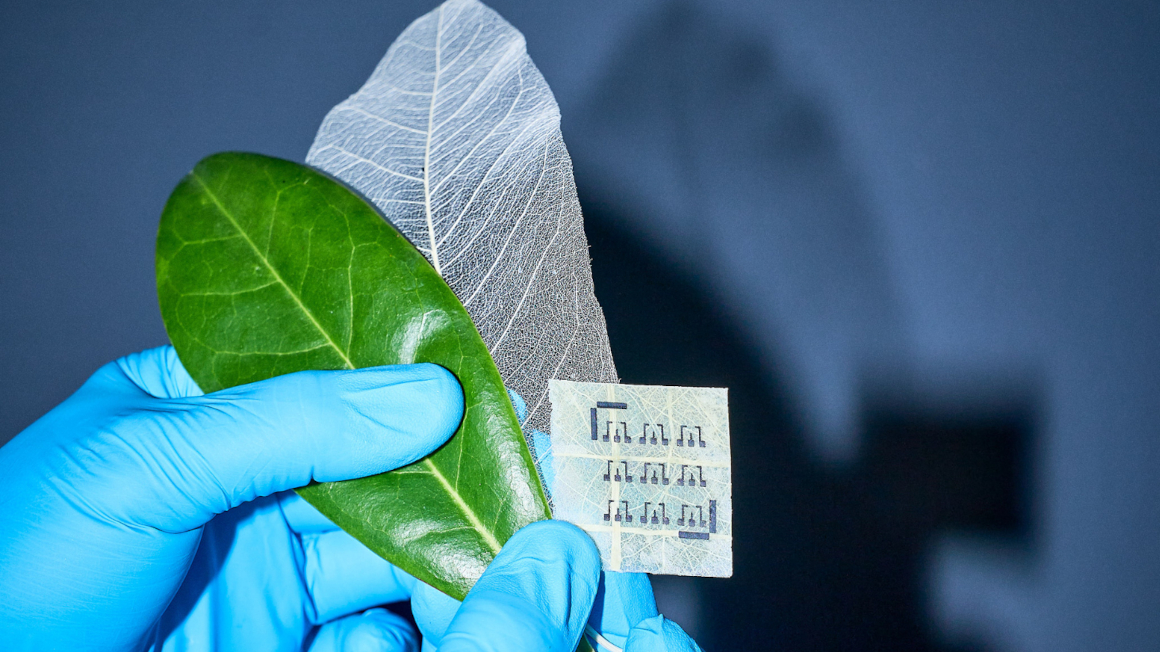Bio-based plastics from safflower oil
Cologne-based researchers have tapped safflower oil as a resource for the production of biobased polyamides.

They are indispensable for the plastics industry: polyamides (PA). The polymers are used, for example, to produce synthetic fibers for textiles or technical applications. The best-known synthetic fiber is nylon, which is used in women's stockings as well as hot air balloons and car tires. However, the popular polyamides are usually obtained from crude oil. In a project funded by the German Federal Ministry of Education and Research (BMBF), researchers at Cologne University of Applied Sciences have now taken a decisive step towards the production of bio-based polyamides: they have been able to develop an important starting material for the production of the polymers from renewable raw materials.
Safflower oil as a resource
"We have shown that safflower oil can be a useful, local source of raw materials for this industry. In a complex biotechnological-chemo-catalytic process, we were able to convert the fatty acids contained in the oil into amino fatty acids from which polyamide can be produced in the future," says project leader Ulrich Schörken.
Hydroperoxides converted into amino fatty acids
The development was carried out in three steps: First, an enzyme cascade was developed to synthesize so-called hydroperoxides from safflower oil. This substance was the starting point for the production of amino fatty acids, which in turn are a precursor for the production of polyamides such as nylon. For this purpose, a new biocatalytic reaction system was developed as part of the project, which converts the hydroperoxides into amino fatty acids in a one-step synthesis.
Proof of concept successful
At the same time, Schöken's team looked for a way to chemically produce these amino fatty acids. In the process, new promising catalysts for the cleavage of the hydroperoxides were identified. "What was actually only intended as an experiment turned out to be an extremely exciting process for the production of phenol, a basic material in the chemical industry. We have filed an invention disclosure here," says Jan Eisenacher. The method is not yet fully developed and further research is needed, says project manager Ulich Schöken. "But as a 'proof of concept,' we were able to show that both a purely enzymatic and a mixed bio- and chemocatalytic solution can work."
bb


